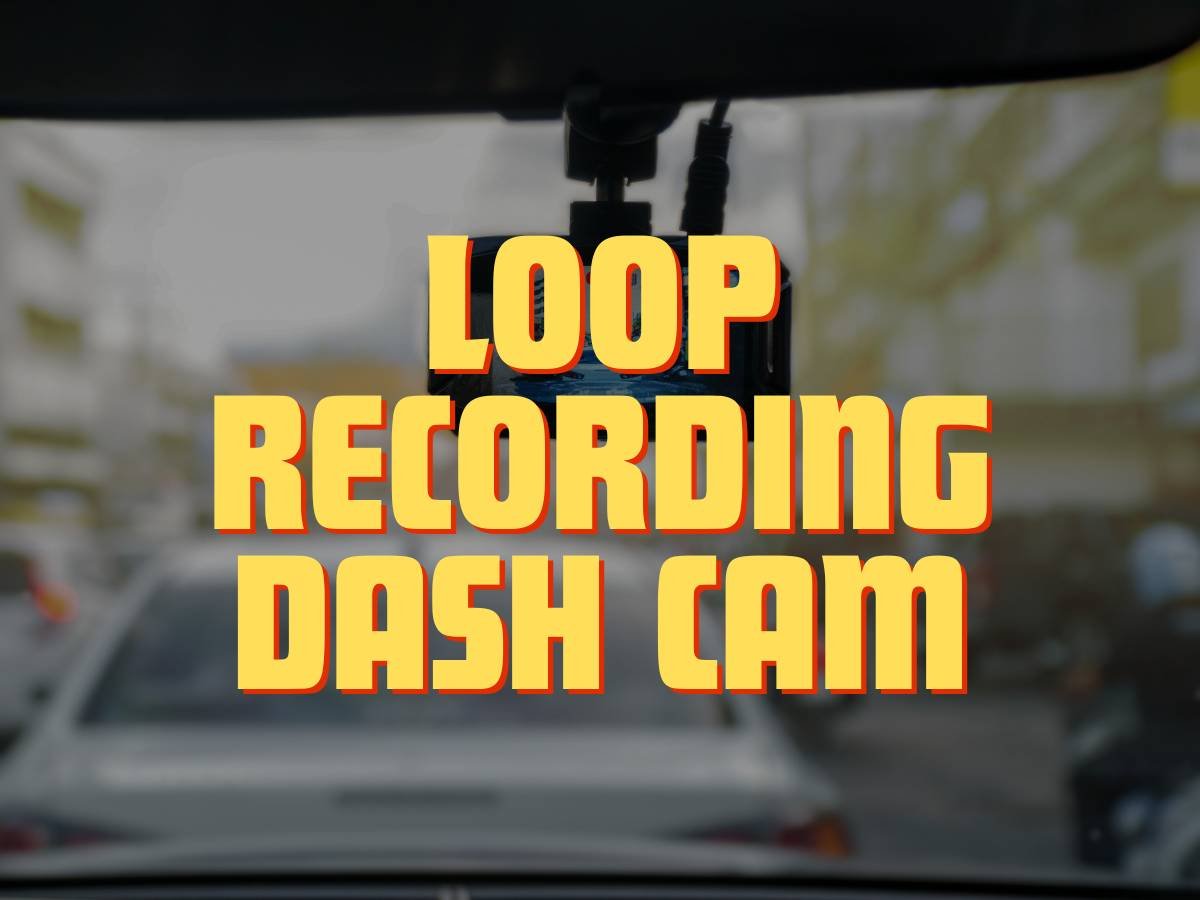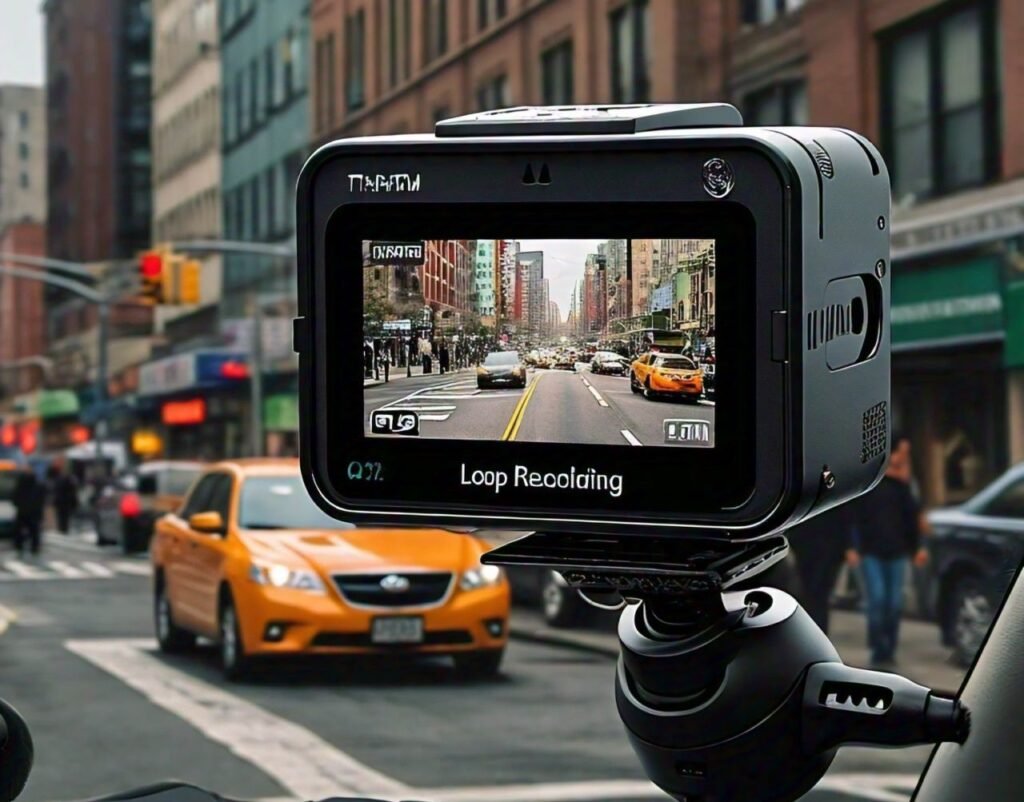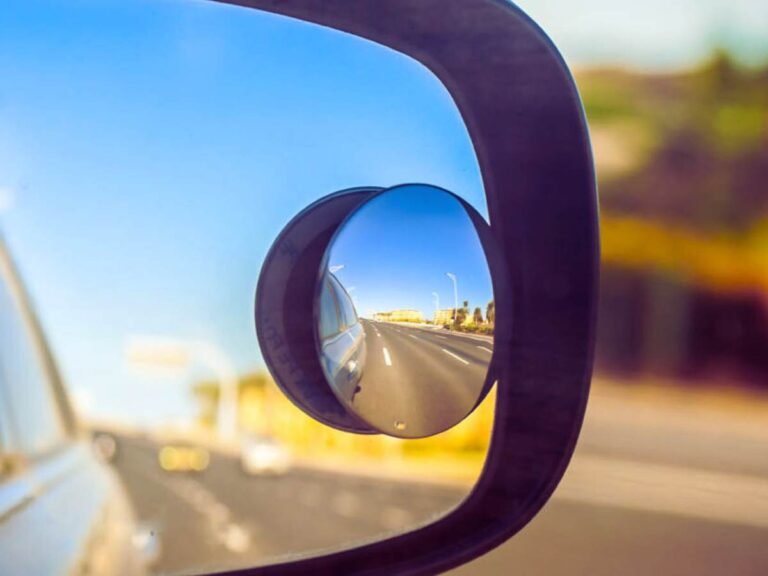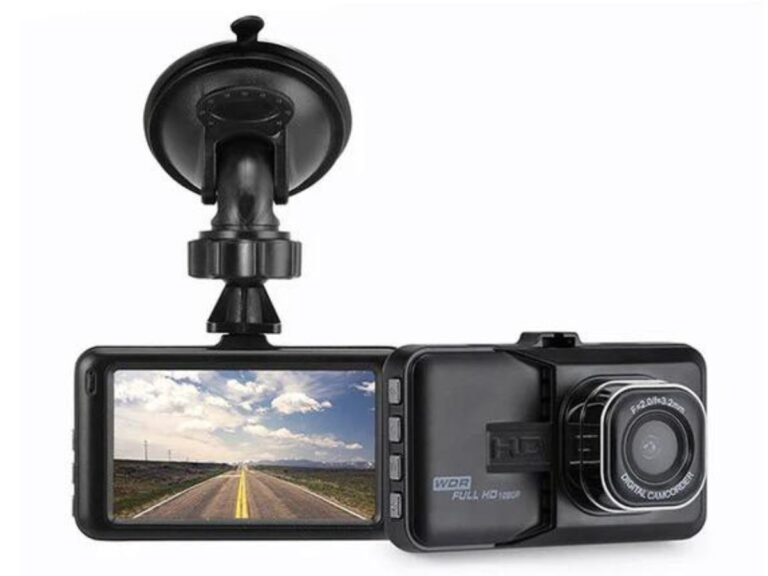What Is a Loop Recording Dash Cam And How Does It Help Drivers?

A loop recording dash cam refers to a dash camera that continuously records video footage. It automatically overwrites the oldest footage in the memory if there’s no more space. Furthermore, this continuous video recording can help drivers in many ways, like improving their driving habits and waving off false claims.
Dash cam loop recording is a feature that has taken the world of Advanced Driving Assistance Systems (ADAS) by storm. It offers a more user-friendly approach to the traditional dash cameras. That said, let’s take a deeper dive into this loop recording dash cam to provide a clearer picture!
What Does Loop Recording Dash Cam Mean?
Loop recording refers to a never-ending tapestry capturing your drive. Here’s how it works: as your dash cam records footage, it stores it in segments, typically ranging from a few minutes to several hours.
Once the storage space is filled, loop recording automatically overwrites the oldest segments instead of stopping recording. It ensures continuous recording without interruption.
This feature is invaluable, especially on long journeys. It eliminates the hassle of manually deleting old footage or worrying about running out of storage space. With loop recording, your dash cam becomes a reliable witness to every twist and turn of your adventure on the road.

How Does Loop Recording Dash Cam Work?
A loop recording dash cam has some key functions. Let’s break them down one by one to get a better understanding of its framework:
Storage Capacity
Loop recording dash cams often support various storage options, including SD cards or built-in memory. Optimal storage capacity ensures prolonged recording without the need for frequent file management.
Segment Length
Dash cams allow customization of segment length. It enables users to balance between storage efficiency and the granularity of recorded footage. Shorter segments offer finer detail but may require more frequent overwriting. Alternatively, longer segments reduce the frequency of overwrites but may compromise on detail.
Automatic Overwrite
The highlight of loop recording is automatic overwrite, which ensures that the dash cam continuously records without user intervention. Once the storage reaches its capacity, the oldest segments are automatically replaced with new footage, ensuring seamless recording.
Emergency Locking
While loop recording prioritizes continuous recording, dash cams often feature an emergency locking mechanism. In case of a collision or sudden impact, the dash cam automatically locks the current segment. That prevents it from being overwritten and preserving crucial evidence for later review.
File Management
Advanced loop recording dash cams offer intuitive file management features. That could mean categorization based on date or event type, facilitating easy navigation and retrieval of specific footage when needed.
How Does Loop Recording Dash Cam Help Drivers?
Here’s how a loop recording dash cam can come in handy for drivers:
Continuous Coverage of Footage
With loop recording dash cams, there’s no need to worry about missing crucial moments of your journey. These camera systems ensure continuous coverage of footage by seamlessly recording and overwriting older segments. That could benefit you whether you’re heading on a cross-country road trip or navigating daily commutes.
The loop recording guarantees that every moment behind the wheel is captured. Ultimately, it provides a comprehensive account of your drive. It can also offer invaluable insights into your driving habits, road conditions, and surrounding environment. This feature can come in handy as a reliable record in the event of unforeseen incidents or disputes.
Seamless Overwrite Mechanism
Gone are the days of manually managing storage space or worrying about running out of memory. Dash cam loop recording features a seamless overwrite mechanism. It automatically replaces old footage with new recordings once the storage capacity is reached.
How does this feature help drivers? Well, it ensures that your dash cam is always ready to capture the next moment, without interruptions or downtime. That could include recording landscapes or unexpected encounters on the road.
Evidence Storage
In the unfortunate event of an accident or incident, loop recording serves as an invaluable witness. It preserves crucial evidence that can make all the difference. By continuously recording footage, these devices provide a detailed account of events leading up to and following an incident.
In short, this feature offers clarity and insight into what transpired. Moreover, loop recording dash cams often feature emergency locking mechanisms. It can help critical footage from being overwritten. These essential video recordings can be useful in legal proceedings or insurance claims.
Integration with ADAS
One exciting feature of dash cams with loop recording is their compatibility. They can pair well with advanced driving assistance systems. That means you can combine the power of loop recording with features like blind spot monitoring.
FAQs
What is loop recording on a dash cam?
Loop recording on a dash cam means continuous video recording and overwriting older video footage to save storage. It is a feature designed to minimize recording and memory interruptions.
Conclusion
That brings us to the end of this detailed guide on loop recording dash cam. To conclude, these devices provide continuous video recording, eliminating interruptions. Additionally, they have their own storage mechanism which works seamlessly. It is safe to say that it is an autonomous driving assistance system.
However, you can also customize it according to your needs. That means viewing, managing, and deleting the footage you require. So, it doesn’t take away your control like many other driving assistance systems.






